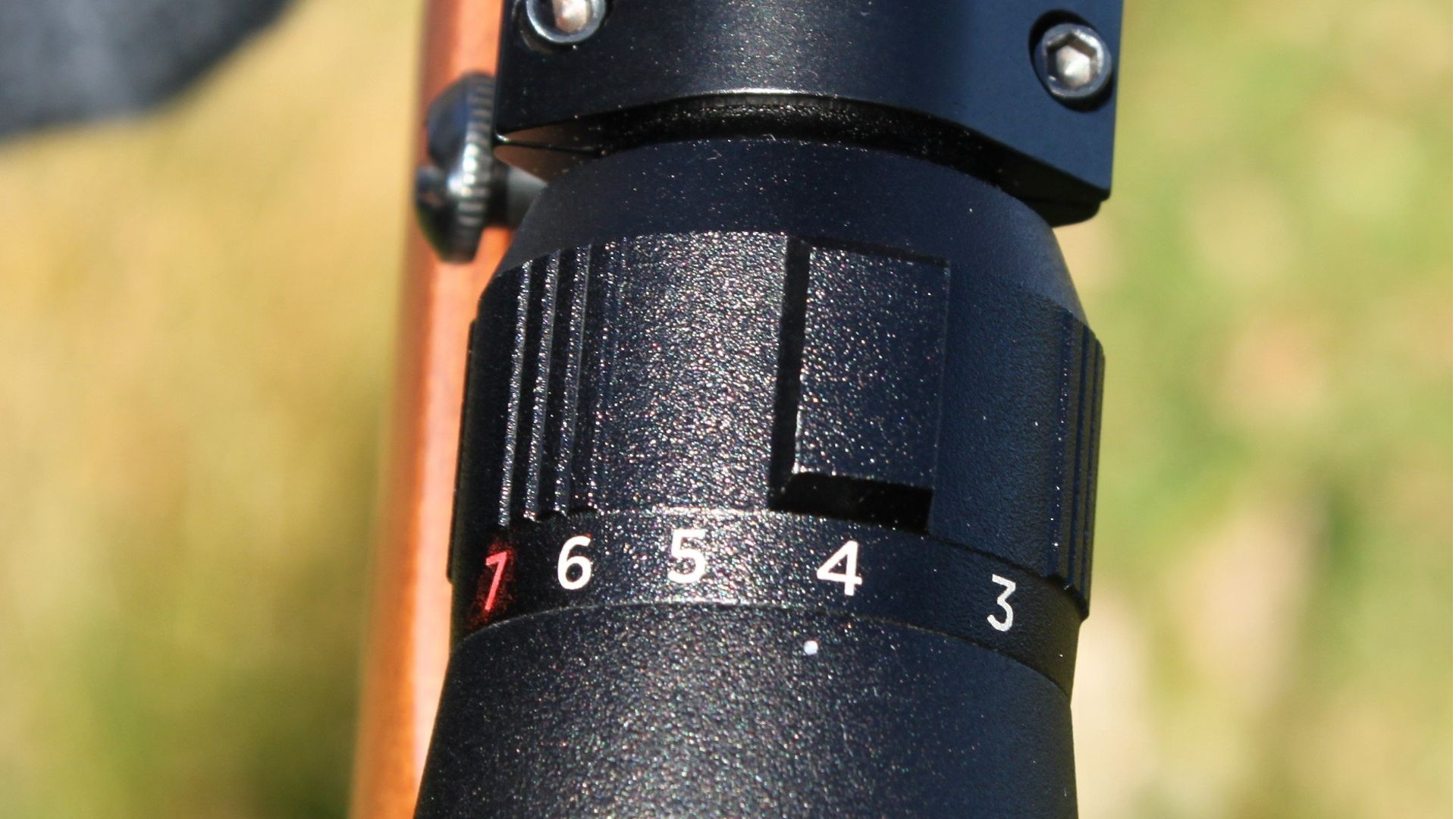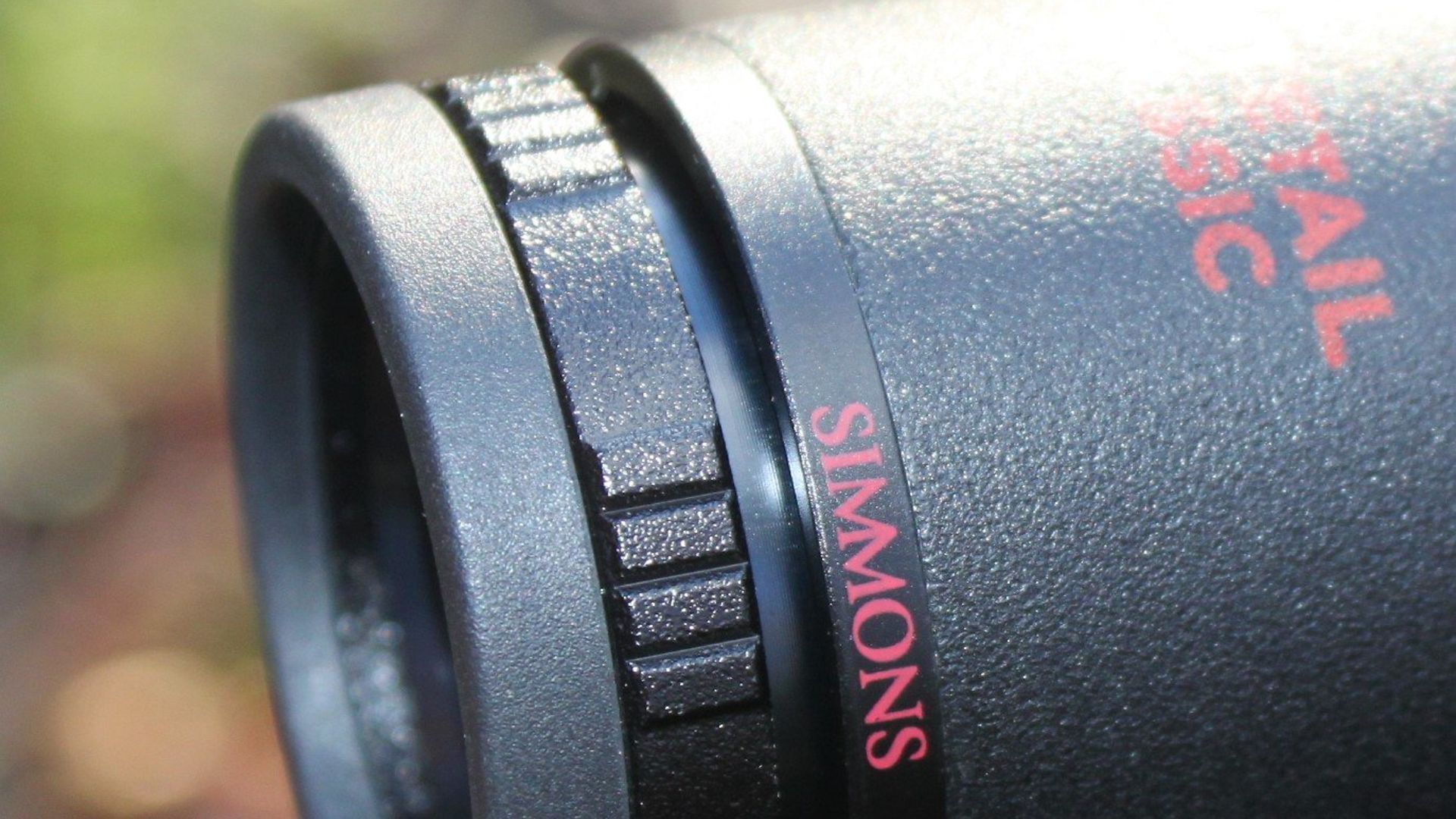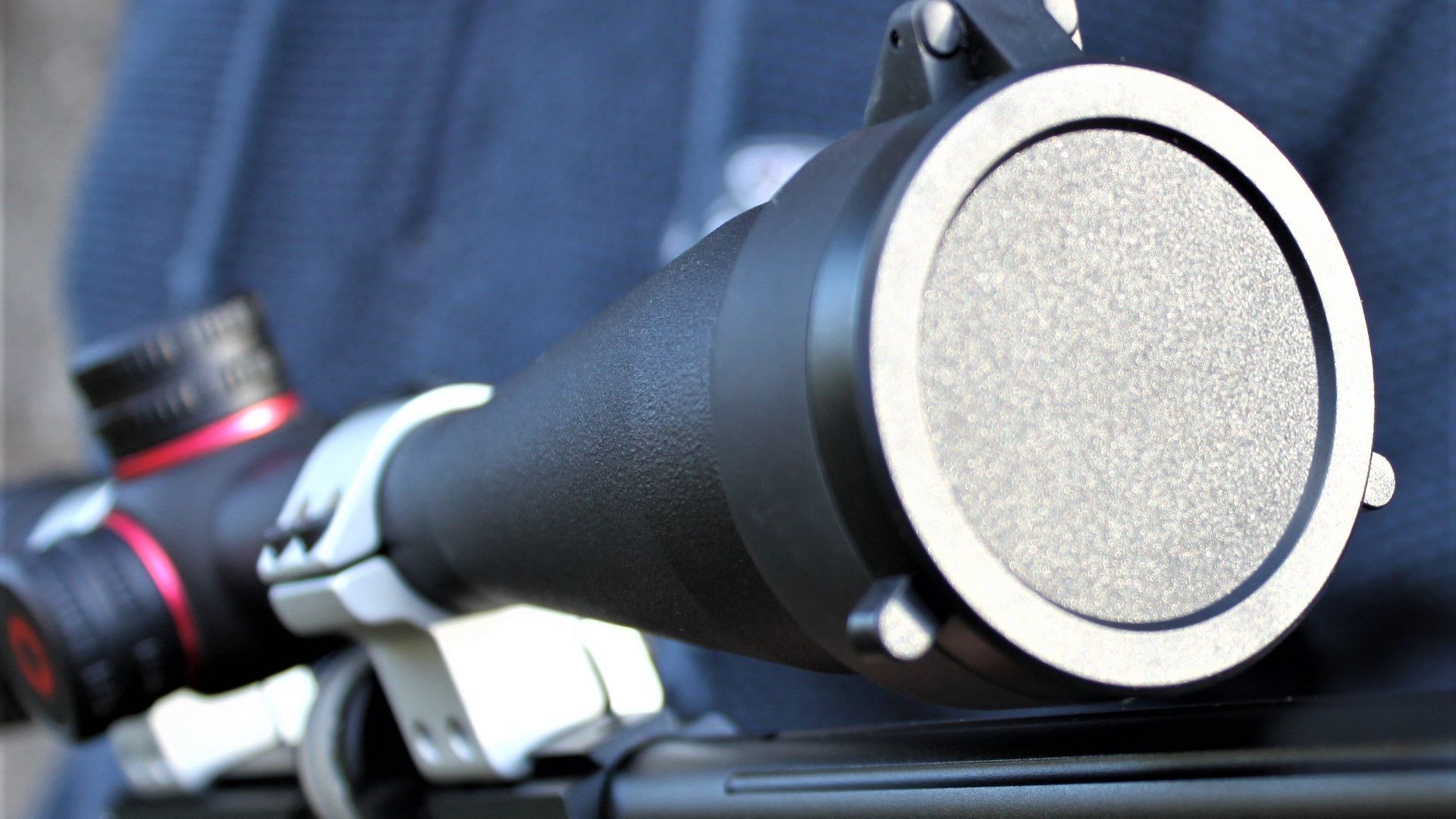It’s a welcome return for Simmons scopes, and Pete Evans gets his hands on a brace of classic models to test and review...
Back in the 1990s, the Simmons brand of scopes was a very popular choice for hunters and target shooters. Starting with the entry-level Deerfield, moving through to the Whitetail Classics (WTC), ProHunters, and Aetec models. They soon gained a reputation for robustness, clarity and value for money. Testament to their quality is the fact that I still have couple of Deerfields and ProHunters, all in regular use, holding zero, and still doing exactly what they should. Moving into the new millennium, it seems the brand became less apparent, and until very recently, I thought they had disappeared for ever.
A chance meeting with Ken Jarmos – sales representative for Edgar Brothers – and a quick flick through their trade-only catalogue, revealed a selection of Simmons scopes. I mentioned to Ken that I didn’t know that Simmons were back manufacturing, and he advised me that they had never really stopped, but involved more with the home US market.
It seems the Simmons brand is now under the Bushnell banner, which bodes well for the brand’s future, and thanks to Edgar Brothers, they are now available through your local dealer. The range has been revised, although they have kept the WTC model, albeit with a few changes to the general appearance. Being a bit of a retro fella, I was keen to have a look at a couple of WTCs, to see how they would stack up against the old models.
Thanks to the kindness of the crew at Edgar Bros, I was sent a brace of WTCs; one in my favourite format for lightweight springers – 2-7 x 32, and the other 4-12 x 40, which should be useful for longer distances on a PCP.
 credit: Archant
credit: Archant
Granite finish
These two models are marked more by their similarities than their differences, and to avoid repetition I will describe their form, before moving on to the specifics with the scopes mounted and in use. The defining feature on these WTC scopes is the finish, which currently is a matte black, textured finish, described by the company as ‘black granite’. This finish makes an attractive change from the standard smooth, matte finish of modern scopes. It’s not quite the same as the original models, which was more grey in colour, although I have no doubt that it is just as durable.
All the glass used in these scopes is multi-coated, to aid light transmission, and the internals purged of moisture before sealing to ensure that they are waterproof. The internal mechanisms and lens carriers have been designed to be shockproof, which will ensure a long and fruitful life.
 credit: Archant
credit: Archant
One-inch body
In keeping with the retro theme, these scopes have a one-inch/25mm main tube, which is of one-piece construction. The screw-on capped elevation and windage adjusters are finger-friendly, offering a large adjustment knob, clearly marked with their relative directions, and offering 1/4 MOA adjustment. They’re finished with a red trim, giving them a little extra style, with a nod to the original Deerfield colour scheme.
Keeping step with modern features, both models have fast-focus, ocular lens adjustment, which I find moves out far more for me than it used to. Objective and ocular lens are afforded protection by a pair of supplied flip-up lens covers, which will always be preferable to the elasticated type.
Duplex/Truplex?
In a world dominated by ever more complicated reticules, Simmons have decided to stick with the humble Duplex, or as they term it ‘Truplex’ reticule. This is a thick/thin intersecting cross devoid of any aim points, just as I remember from the original WTC. This might not be to everyone’s liking, although I find it a refreshing change, taking me back to my roots, where we learned to aim off. If you don’t fancy the aim-off, it’s back to those adjusters, and counting the clicks.
 credit: Archant
credit: Archant
Low mag
So we come to the specifics, and first up is the 2-7 x 32, which I wanted to mount on my Weihrauch HW99. This scope configuration has become one of my favourites for mounting on a gun such as this. Although this is a smaller magnification scope, it is not a compact design. An overall length of 33cm, together with an available 5cm and 4cm clamping area ahead and behind the adjustment turrets, makes it easy to mount on guns that have interrupted scope rails.
Although not compact, there is plenty of room to mount it without fear of it overhanging the break-barrel. An overall weight of 445g means that there are no penalties to pay in the weight department. Once mounted, the scope was extremely clear throughout the magnification range, and a cinch to zero with those large, easy-grip adjusters.
Moving the shot groups around the target by a predetermined number of clicks, and then returning back to zero is always a useful measure of a scope’s performance, and the little Simmons acquitted itself admirably.
A wide field of view on a hunting scope is important, and this scope gives 15-4.3m at 100m in accordance with magnification used.
 credit: Archant
credit: Archant
Parallax
As we know, thanks to Tony Belas’ excellent recent scope study, parallax error becomes an increasing problem as magnification and range increases. This 2-7 x 32 model lacks parallax adjustment, which might not be too much of a problem given its statistics, but if you want to change from the factory setting there is a solution.
The objective lens has an external locking ring, which when removed should allow the objective lens carrier to be adjusted. I didn’t try it out because this is a loan item, but I have used this method on many scopes to good effect. For anyone contemplating this job, I would direct you toward Tim Finley’s article in the February 2021 issue, which provides a detailed guide to the whole subject.
 credit: Archant
credit: Archant
Long range
If you need a little more range, it might be worth looking through the 4-12 x 40 WTC, and for this scope I chose the Daystate Regal as a companion. As you would expect, this scope retained the bright, clear optical clarity of the smaller scope, but did have a bonus on the side. Although Simmons has kept old-school reticles, they have seen fit to include a side-mounted parallax adjustment to this model, which is usable from 10 yards to infinity. This is a very welcome addition on a scope of this type, so full marks to Simmons for including it.
Used on targets out to 50m, the larger scope proved its effectiveness, and could be just the ticket for some longer range shooting. Although a bit longer at 38 cm, it only weighs 499g, and is blessed with a field of view of between 9.6 and 3.3m relative to magnification.
 credit: Archant
credit: Archant
Are new Simmons scopes as good as the old ones?
From an optical quality point of view, both are very good quality, and I see no reason why these new models should not have the longevity of the original ones.
Inclusion of features like side-adjustable parallax brings them into line with other scopes within their price point. I’m sure this will prove to be a successful range of scopes. The name alone will appeal to the mature shooter, especially those looking to build an old-school combination, with a modern twist.
Scopes as reviewed
Simmons White Tail Classic 2-7 x 32 RRP £94.99
Simmons White Tail Classic 4-12 x 40 RRP £114.99
Imported by: Edgar Brothers